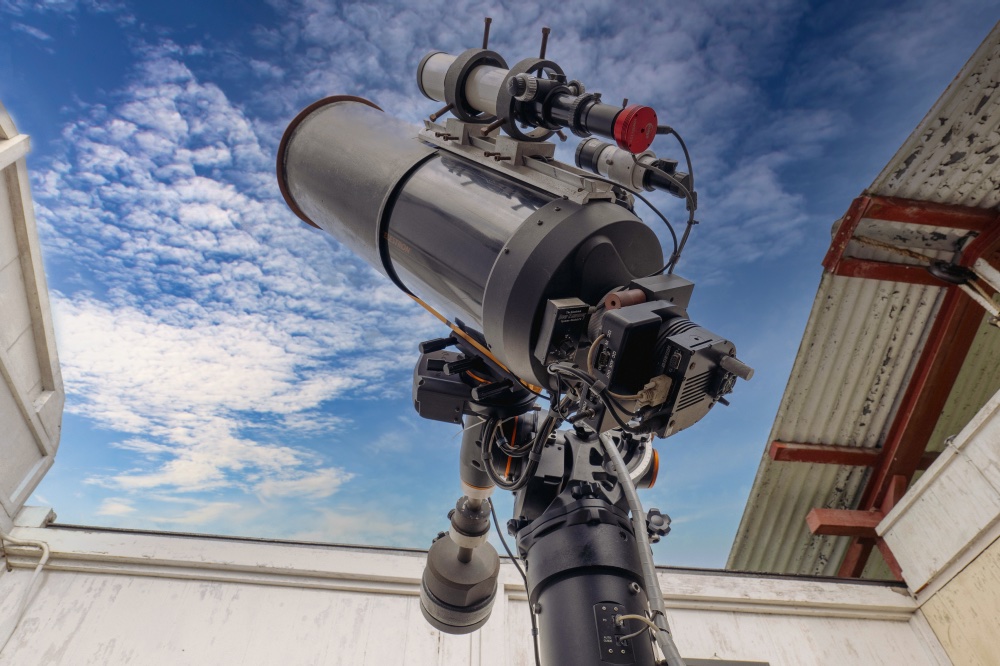What is SKA
Construction of the world's largest radio astronomy observatory, the Square Kilometer Array (SKA, "1 km2 Array Antenna"), has officially begun in Australia after 30 years of development. The SKA is being called one of the biggest scientific projects of the 21st century. It will allow scientists to see the early period of the universe's history, when the first stars and galaxies formed. It will be used to study dark energy and the causes of the expansion of the universe, as well as the potential search for extraterrestrial life.
Two components of the SKA
The SKA will consist of two telescopes. One is located in the Wajarri region of remote Western Australia. It is called SKA-Low and consists of 131,000 antennas that look like dry trees. SKA-Low (low - "low") is named for its ability to recognize low frequency radio signals. It will be eight times more sensitive than other telescopes of its kind. This will allow it to map the sky 135 times faster. The second telescope consists of 197 mid-frequency antennas, SKA-Mid (middle - "middle") and will be built in the Karoo region of South Africa.
Telescope construction is a historic event
Scientists are calling the start of construction of the SKA a revolutionary step and an important milestone in the history of astronomical research. Professor Lisa Harvey-Smith, an astronomer at the University of New South Wales, said: "This is an important day for world astronomy. More than a thousand people worked for almost 30 years to make the telescope a reality. Each of them will be proud of today's collective achievement." Professor Alan Duffy, director of the Institute of Space Technology and Industry at Swinburne University of Technology, said the SKA will be the largest telescope to connect continents and allow us to see the entire universe as seen from Earth.
SKA will be able to find alien life
Dr Sarah Pierce, director of SKA-Low, said the observatory will "define the next 50 years for radio astronomy by tracking the birth and death of galaxies, searching for new types of gravitational waves and pushing the boundaries of what we know about the universe. ." According to him, the SKA telescope may even be able to answer the most important question of all: are we alone in the universe?
Danny Price from the Curtin Institute of Radio Astronomy notes that the SKA's sensitivity will allow astronomers to look back billions of years to the "cosmic dawn" when the first stars in the universe formed. He emphasizes: "The SKA is so sensitive that it can detect a cell phone in the pocket of an astronaut on Mars at a distance of 225 million km. If there are intelligent societies on neighboring stars with technology similar to ours, the SKA will be able to detect cumulative leakage of radiation from their radio and telecommunications networks. It would be the first telescope in human history capable of such a feat because of its sensitivity."

No comments:
Post a Comment